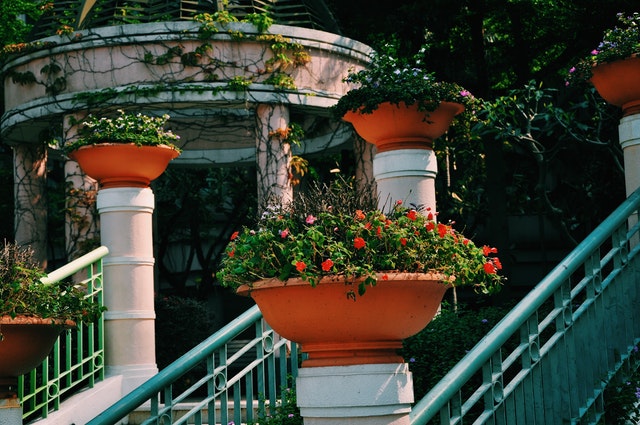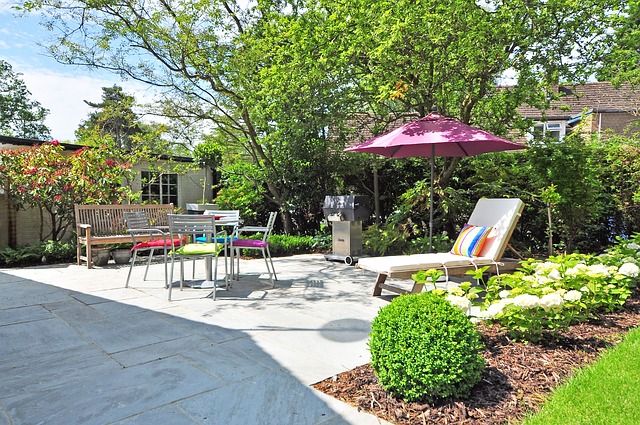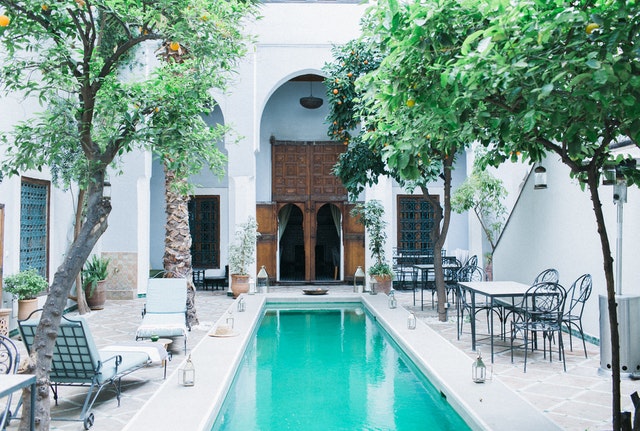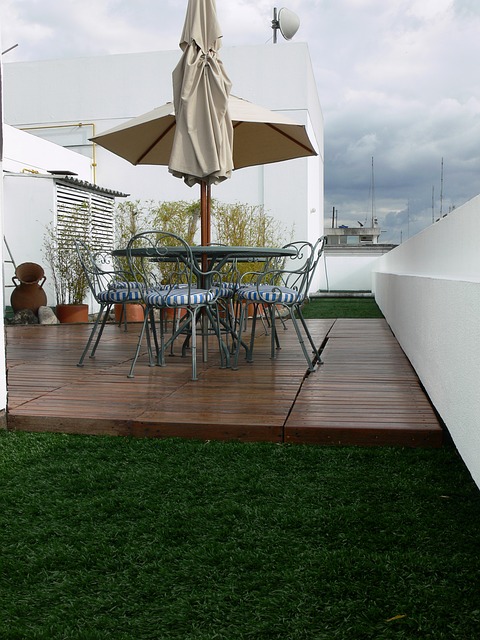Employing a Garden Designer
It’s often to see how you can get the garden you want when you’re used to what you have because you live with it every day. A fresh eye-a professional eye-can help. You just need someone for a one-off consultation to get you started or to sort out a specific problem. or at the other end of the scale, you may want someone to provide a structure and planting plans, to oversee the work and to be involved in the ongoing development of the garden.
Selecting a Designer
- The best form of recommendation is personal especially if you you see a garden that the designer has already done.
- Good local nurseries will know designers working in the area and should be able to point you to one who will suit your needs.
- Garden designers often exhibit or have stands at gardening shows, national ones like the Chelsea flower show or local and regional shows. This is a good way of way of meeting several designers at one go.
- Most designers have websites that not only show pictures of their work but also reflect their style and approach.
Meeting the Designer
The purpose of the first meeting is for the designer to have an initial look at the garden and to talk about what your needs are. The designer will be getting information to start the design process and you will be assessing whether the designer is right for you
Assuming you’ve chosen an experienced designer whose style you like, communication is the next most important thing; are they listening to you and do they understand what you want? If you don’t click at this first meeting it may be better to find someone else. It’s important that the designer leads you through the process and, even at this early stage, talks to you about the options available to achieve what you want.
After this meeting the designer will give you a quote for the design work you’ve discussed. They may also charge a fee for the initial meeting.
Costs
Exactly when an overall budget is talked about varies. If you know how much you want to spend, it’s better to tell the designer at the start. They can then tailor their designs to this figure. if you aren’t working to a specific budget you can wait until the quotes come in for the building work and then, if necessary, remove some items or trade down on materials,
Brief
- Either before you start or after the first meeting. It’s worth writing out a brief for the designer. This might include.
- All the things you don’t like about your existing garden and any problems you’ve noticed.
- Any good features or plants in the garden you’d like to enhance.
- How many people (including children) are in the house?
- Whether you need to make special provision for pets or children.
- What feature you would like in the new garden-water features, lighting or ornaments.
- Any other requirements that the garden has to achieve, such as sitting areas. And if there do need to be seating areas, where they should be and how many people need to be accommodated.
- Any particular plants you want or ones you really don’t like.
- Any particular style you would like or other gardens you’ve seen that you want to draw inspiration from.
- Maintenance-how keen on gardening are you?
- Other features you may want or need to include. Such as vegetable areas, bins, washing lines and compost heaps.
Trees for Small Gardens
If you have a small garden, don’t assume trees will be too big for it. Small trees give height and screening and take up little room at ground level. There are some to avoid, however don’t plant huge ones, obviously, some are too garish; and purple-leaved trees can be overbearing through the summer and cast too dense a shade. If you’re worried about the root run of a tree near the house, plant the tree in a container-this will limit its size, but that’s not necessarily a bad thing.
lines of trees can look stunning, whether they’re in containers as in this garden or in the ground-or you can plant three trees together in groups to make interesting patterns with their stems.
Flowering cherry
Cherries are great and the winter-flowering kind will provide pink flower in mild spells through the winter.
Redbud ‘forest pansy’
A slow-growing tree with big, heart shaped burgundy leaves and a lovely shape.
Rowan
Lovely little trees with ferny foliage. The Hupeh rowan is really special. Its leaves turn red and purple in autumn and its white flowers are followed by pink flowers in autumn is particularly pleasing.
Strawberry tree
An evergreen with white autumn flowers and red, strawberry-like berries.
Silver birch
With delicate leaves and striking white brak, these are lovely trees. but they do grow quite quickly and you’d probably have to prune a silver birch or remove it from a confined space after 15 years or so.
Pleached trees
Pleached trees are a ‘hedge on stilts’-trunks are kept free from branches and leaves until about 5 or 6 feet off the ground. At this point the foliage is clipped to shape like a hedge. You can buy ready-pleached trees that are shaped onto a frame or you can pleach trees yourself by tying the branches in to a framework.
How to Plant a Tree or Shrub
It ain’t rocket science, but there are a few things to remember when you’re planting a tree or shrub.
- Dig a hole and place the plant, in its container, in the hole to make sure the hole is deep enough.
- When it is deep enough, loosen the soil at the bottom of the hole to help the roots get in.
- Place the tree or shrub (still in its container) in the hole and step back to see if it looks good. Plants tend to have fronts and backs, so make sure the best side is facing forward.
- Once you’re happy, take the tree or shrub out of its container, replace it in the hole and put back all the soil around it. The next two steps are really important.
- Stand on the soil all around the tree or shrub to really firm it in. Not doing this the most common reason for plants not doing well; people tend to be too gentle with them. My old head gardener used to go around after the other gardeners and try to pull plants out-if he could, he said they weren’t planted properly. If the soil isn’t firm there will be air pockets around the roots, which is the equivalent of being left dangling out of the soil.
- Water the tree or shrub really well. Not only will this give the plant water (obviously), it will help to close up any more gaps in the soil.





